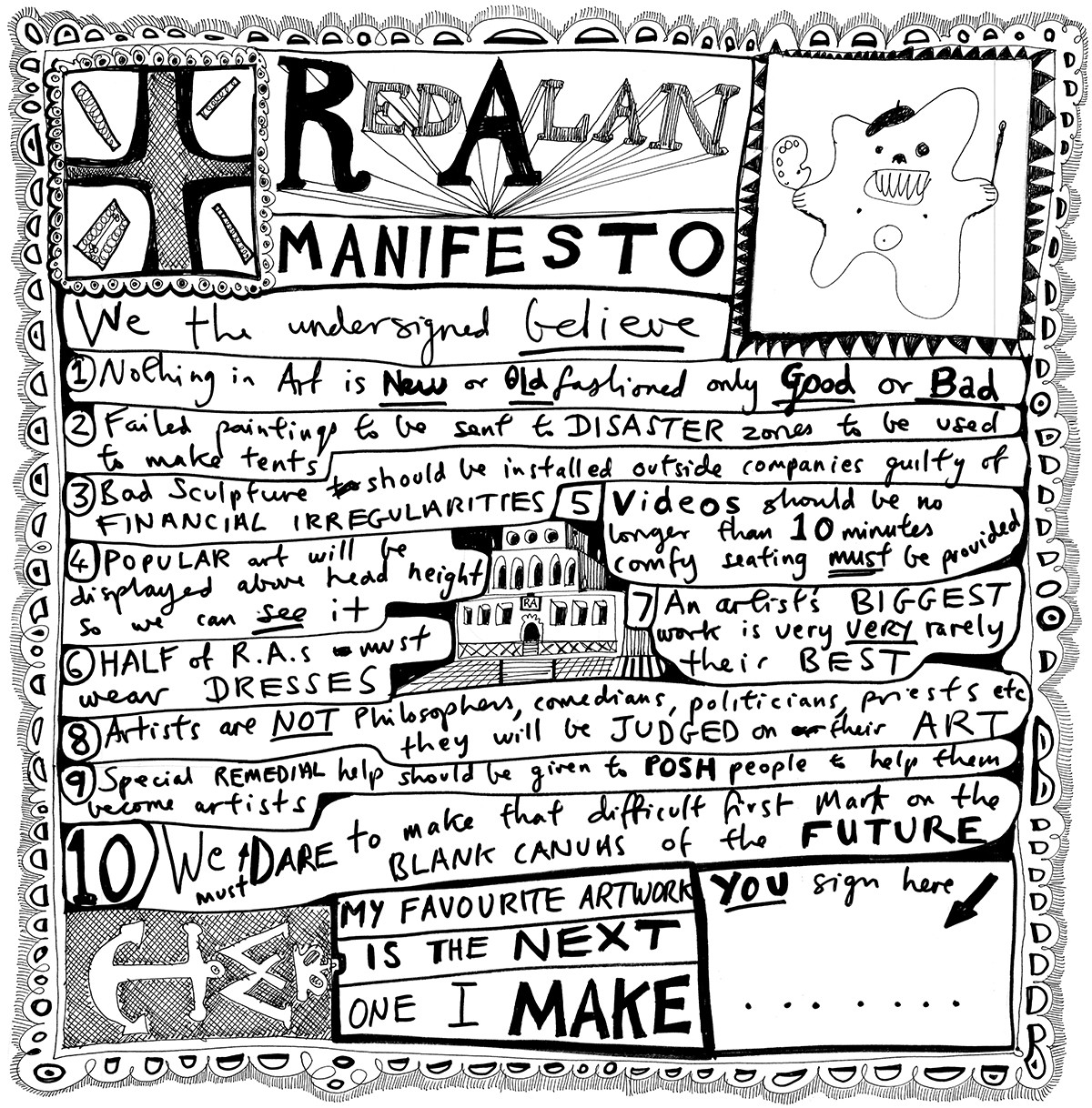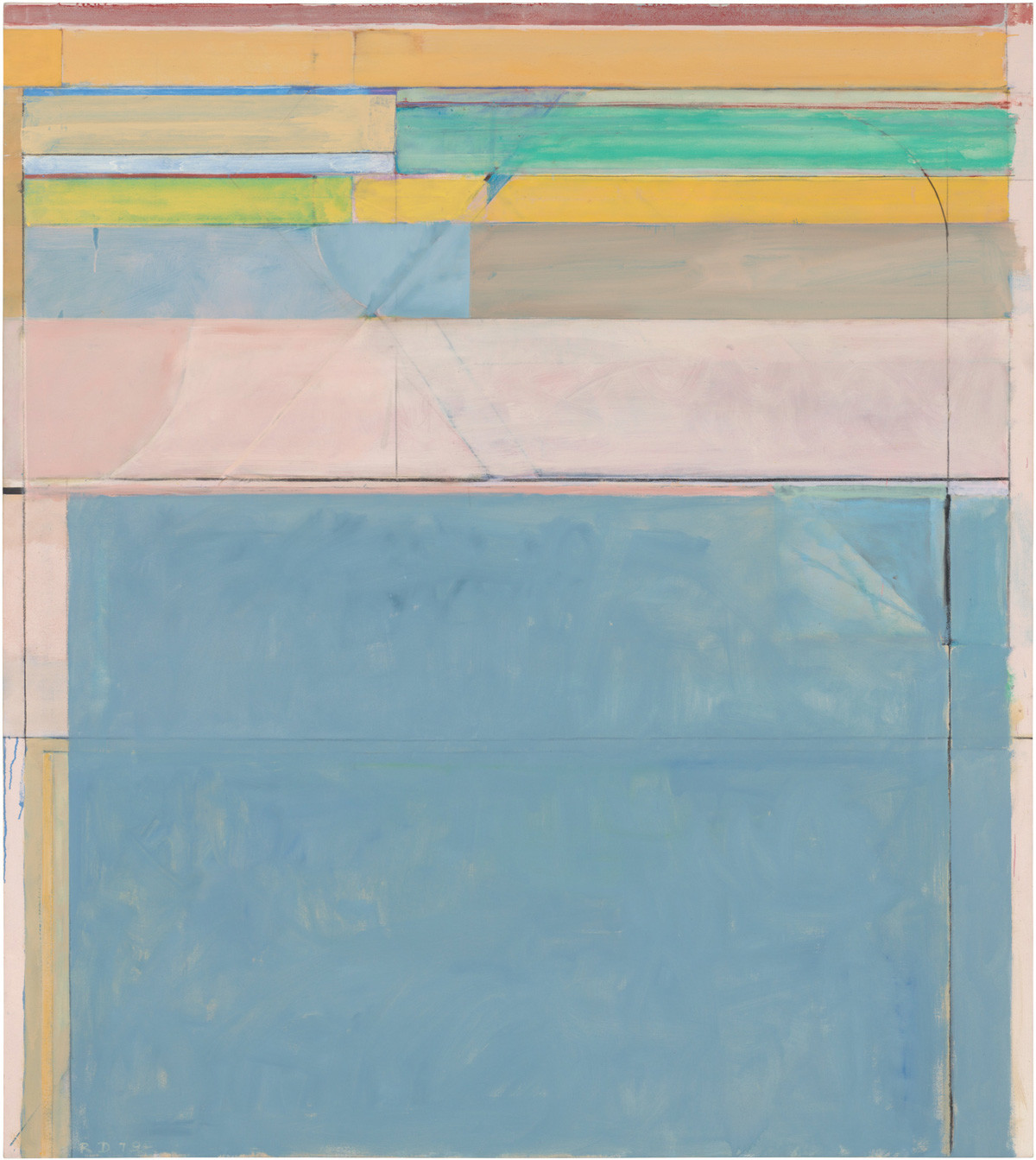First Thoughts
When I first read the brief I was really confused on what I was asked to do. One of my first instincts was to read the brief as many times as it would take for me to understand and grasp the main objectives.
In order to develop my ideas, as a starting point I decided to interpret what a white space is to me:
I defined white space as being the length of time where we allow ourselves to be free from anything that we consume and we instead stop and try to be, without any restrictions of whatever 'being' means. White space for me is the in between moments where we become self aware and we allow ourselves to be present in the moment and not let our minds cloud with judgement, thoughts, dreams etc. White space can also be defined as negative space, or invisibility, something not tangible that people can't necessarily see, feel or touch.
After defining what a white space is to me I brainstormed some ideas on the different places or different times during the day where I usually create white space for myself. I think this will eventually be helpful for me when I will have to complete my manifesto, but it was also useful because that served as a starting point for my research.
By following one of the bibliographies in the brief I stumbled upon this article which I found very interesting. The article was about an exhibition called 'Invisible: Art about the Unseen 1957-2012' that took place at the Hayward Gallery in 2012.
One of the most interesting quotes from the article was:
“Many of the works [here] '....' use invisibility as a metaphor for death and the politically-sanctioned ‘disappearance’ of certain social groups. This exhibition surveys this rich history as it unfolds in the mind of each visitor.”
This quote made me think about using white space as a place that allows us to be ourselves outside of what is currently happening in politics and within society. When thinking about artists I could research I thought about queer and femme photographers and performance artists, but also gender non-conforming artists.
Bibliography: https://www.theguardian.com/artanddesign/2012/jun/17/invisible-art-about-unseen-hayward-review
Examples of Manifesto - Guerrilla Girls Manifesto

This was one of the manifestos that I liked the most during my research because it is very political: Guerrilla Girls are a group of female artists who created this poster as a simple yet very effective message to the people in the art world, playing on the irony of sexism and what it means to be a female artist even nowadays. Although I do not think this manifesto creates any type of restrictions or guidance on what to do to the viewers, I decided to include it anyways because I think it is a good example of how effective a piece of writing can be when delivering a message.
The Guerrilla Girls manifesto is definitely one that I will use for this week's project to remind myself that sometimes using very simple words and vocabulary can be more effective than using fancy words that not a lot of people know the meaning of.
Bibliography: https://www.tate.org.uk/art/artworks/guerrilla-girls-the-advantages-of-being-a-woman-artist-p78796
https://www.royalacademy.org.uk/article/ten-game-changing-manifestos
The White Room
This is a room I found in the Archway building. It said 'rehearsal room' on the door and I was curious to see how it looked like. The fact that it's completely white makes me think about the different photographs, videos or installations I could create inside it for this project.
Robert Mapplethorpe
As I started thinking about exploring the theme of sexuality, gender and how these themes play out in a space where we are allowed to be ourselves - I delved deep into the work of Robert Mapplethorpe.

Robert Mapplethorpe was an American photographer who is widely known for the controversy that followed his subject matters and the way he decided to portray them. In Mapplethorpe's work I can see 3 main subject matter: gay men, flowers and sex pictures. All three however fall into the category of erotic imagery. I think his work has left a mark in the art and photography field not only because of the controversy of it but also because Mapplethorpe was one of the first artists that used his subject matters as sculptures and therefore was convinced that photography was not just a tool used to document reality but that it could be seen as fine art too.

His photographs, just like Francesca Woodman's, make me think a lot about the human form and how it can be portrayed through photography. Mapplethorpe's photographs often depicted very muscular men and their muscles are clearly defined by the black and white studio photographs. Perhaps the studio location where Mapplethorpe took most of his images I think enhances the figures he portrayed, also sometimes surrounded by a black background which highlighted the subjects even more.
When it comes to white space, I see Mapplethorpe's photographs as a safe haven where he was free to explore his sexuality and take as many pictures of his subjects as he wanted to. This to me can also be a white space.
Bibliography: http://www.anothermag.com/design-living/8541/first-look-the-new-robert-mapplethorpe-documentary
http://www.anothermag.com/art-photography/4237/mapplethorpes-muses
http://www.anothermag.com/art-photography/3538/robert-mapplethorpes-life-and-work-5-key-facts
Grayson Perry

When researching artist manifestos, after looking at very 'famous' and renowned manifestos such as the Bauhaus or Guerrilla Girls Manifestos, the one that I really enjoyed reading was Grayson Perry's: with this manifesto he offers a much more light-hearted interpretation of what a manifesto should sound like or be which I really enjoy. I think he never tries to sound pretentious which is very refreshing.
I think this manifesto was mainly created as a starting point to create a conversation around what can be art and whether art is accessible to everyone.
Bibliography: https://www.royalacademy.org.uk/article/red-alans-manifesto
https://www.royalacademy.org.uk/article/ten-game-changing-manifestos
Richard Diebenkorn’s 10 rules for painting

1. Attempt what is not certain. Certainty may or may not come later. It may then be a valuable delusion.
2. The pretty, initial position which falls short of completeness is not to be valued – except as a stimulus for further moves.
3. DO search.
4. Use and respond to the initial fresh qualities but consider them absolutely expendable.
5. Don’t “discover” a subject – of any kind.
6. Somehow don’t be bored but if you must, use it in action. Use its destructive potential.
7. Mistakes can’t be erased but they move you from your present position.
8. Keep thinking about Pollyanna.
9. Tolerate chaos.
10. Be careful only in a perverse way.
Richard Diebenkorn was an American abstract painter and printmaker, considered to be one of America's greatest post-war painters. He first emerged as an abstract expressionist painter but in the mid 1950s he took a different path and decided to turn to figurative painting.
He wrote his '10 rules for painting' later in his career, but I think that these are rules that he followed throughout his whole career as, by looking at his work, he applied all the rules and restrictions from his manifesto.
Bibliography: https://www.royalacademy.org.uk/article/diebenkorn-ten-rules
Francesca Woodman

When it comes to thinking about creating a white space, this idea makes me think about allowing myself to perform in front of the camera. With no expectations, no input from outside sources when the shooting is happening, I have been thinking a lot about creating self portraits where there is just my camera and I.
I find Francesca Woodman's photography a real inspiration when it comes to shooting self portraits.
During her short lived life, Francesca Woodman explored in her work the themes of gender, representation and sexuality. She often photographs herself in decaying interiors, and her photographs often include her very explicitly naked or trying to hide her body and her form by using very compelling and interesting poses in front of the camera.

Her photographs speak a lot to me because I can somewhat relate to her need to take photographs of herself and primarily focusing on her own body, her own form. Although she is pictured naked in most photographs, she did not create primarily sexual images. Just like the image above, although she is topless it does not evoke any sexual thoughts to me. This could be because of her pose, and because the white space surrounding her draws me more than the actual naked body. The emptiness that surrounds her, the pose of the body and the fact that her face is not clearly recognisable are all elements that do not make this image in any way sexual to me.

Woodman played a lot with slow shutter speed which makes me think that she wanted to play a lot with appearance and disappearance. This could possibly mean that, through her images, not only she wanted to portray and explore her body form but perhaps she also wanted to find a catalyst to use to express her thoughts and feelings. As she committed suicide at the age of twenty-two, photography could have been at the time a medium she used to express her deepest emotions.
